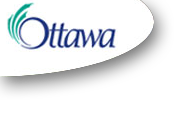 Yesterday, I introduced Connect2Canada as a case study of government making effective use of social media. Today, I’m taking a deeper look at Connect2Canada, what’s going on and the results that are being achieved.
Yesterday, I introduced Connect2Canada as a case study of government making effective use of social media. Today, I’m taking a deeper look at Connect2Canada, what’s going on and the results that are being achieved.
What is it?
Connect2Canada is a network of Canadians and Friends of Canada in the United States. Its goal is to reach out to these people and make them quasi-Ambassadors for Canada.
Conect2Canada was started as a Website on July 1, 2005. The Facebook page was added in late 2008. The Twitter stream, Flickr photos and YouTube videos were added at the time of the inauguration of President Obama (Canada’s Embassy has a primo location in Washington, a great place to take videos and pictures of the inaugural parade.)
What are they achieving?
Connect2Canada’s community is growing constantly in several dimensions:
New members are signing up for email newsletters on the Connect2Canada Website.
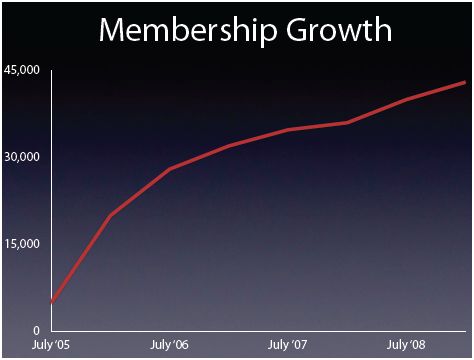
Today, members span the United States.
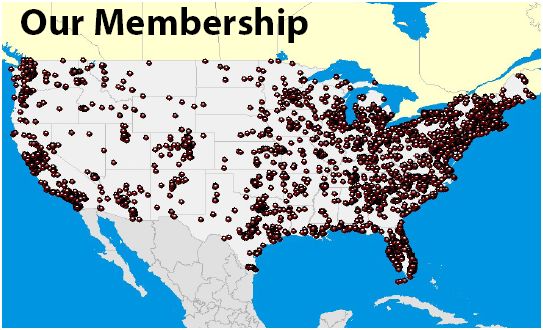
The Connect2Canada Facebook page continues to attract new fan.
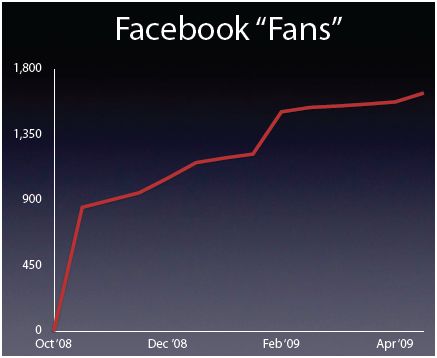
Connect2Canada is attracting new followers every week.
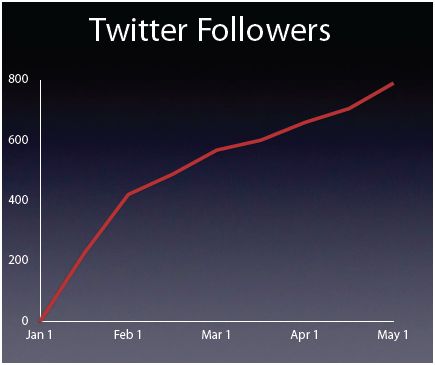
Community and Engagement
Making the flow of information two-way is a high priority for Connect2Canada. They respond to Twitter comments and email. But they also work to enable conversations among members, linking to groups around the US and promoting real life events and other networks of Canadians in the U.S.
The Connect2Canada community is highly engaged with C2C. One indicator of this: An email to C2C members from Ambassador Wilson had an open rate in excess of 50%. That’s one out of every two people who received the email opened it. I think that’s a very high rate for a broadcast email.
Resources and Champions
Connect2Canada is run by one full time staffer in the Canadian Embassy in Washington supported by part-time contributions from a few others. They rely on the Canadian Consulates throughout the United States to provide local content.
Connect2Canada had senior level champions. The social media activities were approved and supported by both the Ambassador in Washington and the Assistant Deputy Minister (North America) in Ottawa.
The importance of relevant content
The biggest lesson learned by Connect2Canada? The importance of good content. Says Eric Portelance, the Advocacy Officer at the Canadian Embassy in Washington in charge of who works on Connect2Canada, “You can have the best ideals, but if the content isn’t interesting to your target audience, they won’t come back or they won’t come at all.”
Connect2Canada asks new members to indicate their interests when they register. The people behind Connect2Canada then use this information to tailor content to the interests of members, sending them only the streams of content that match those interests.
Source material
Eric Portelance recorded a video interview with me on May 12 when he spoke at the Advanced Learning Institute‘s Conference on Social Media for Government in Ottawa. I’ve also drawn on his presentation slides as well as my Twitter notes from the conference.
You can watch my video interview with Eric Portelance on YouTube or in the player embedded below.








 Yesterday, I
Yesterday, I 



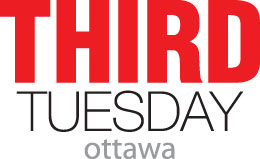 In the autumn, the Government of Canada
In the autumn, the Government of Canada 